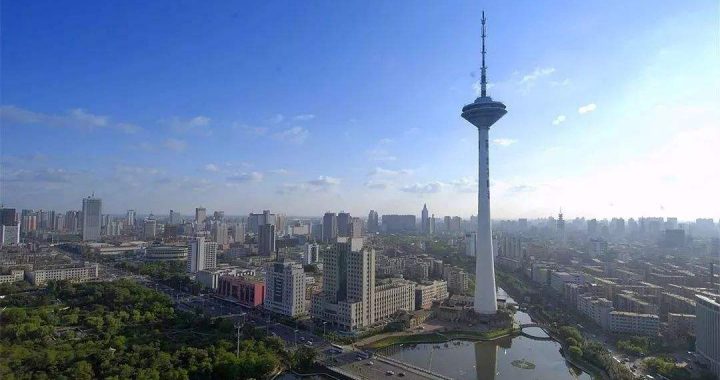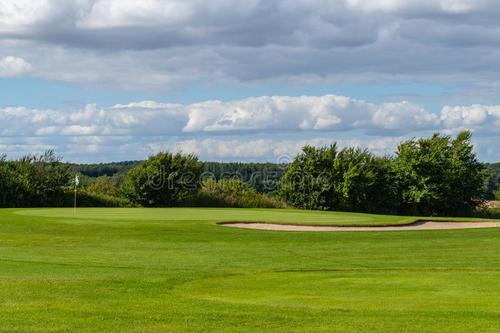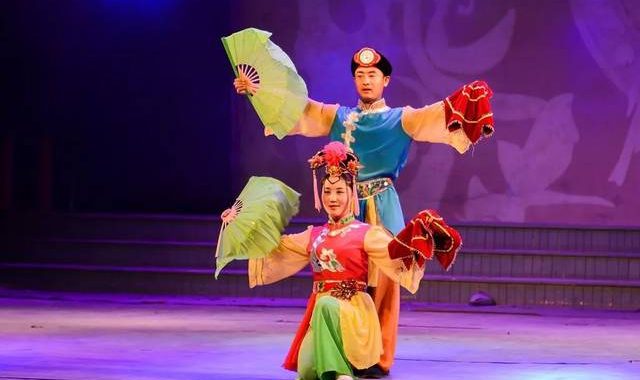Sculpture of a goddess head at the Niuheliang Site
3 min readNiuheliang No.5 Site
The Hongshan Culture, an early Neolithic culture in China, is certainly not the oldest but it includes many instances of what symbolizes Chinese culture. Many of the artifacts unearthed at the Niuheliang Archaeological Site and around Liaoning in sites dating from the same period, and even before, are jade carvings. The most notable being called a pig dragon. This is not to conjure up a scaly porcine beast rooting through a sty, but these early renderings have pig-like heads with long bodies that coil not unlike a dragon. As an animal in the Chinese zodiac, here think back again to the menu at a Chinese take-out restaurant in the West, the pig is a revered animal symbolizing wealth and abundance. The dragon concept and imagery also has roots in Chinese lore with cosmologies. That these images were set into jade, yet another symbol of longevity and post-life protection in Chinese culture makes these finds at the Niuheliang Archaeological Site so important to the foundations of culture in China.

Niuheliang No.2 Site(altar, tomb complex)
Niuheliang No.1 Site(Temple of Goddess)
Jade Pig Dragon
The Niuheliang Archaeological Site, as well as the many surrounding sites, tombs and temples, also serve as what many scholars believe to be early examples of feng shui. Before the modern magnetic compass was invented and used to map out the heavens and the earth via early cosmography-the study of the relationship between geography and astronomy-early civilization in China created a system of geomancy to visualize this relationship. This inherent Chinese cultural and borderline religious concept is what is now most often referred to as feng shui. The idea of where to build and place buildings and structures follows a near religious ideology and is very popular even today in the placement of tombs and burial sites. At the Niuheliang Archaeological Site, where round structures symbolizing heaven and square structures symbolizing earth are present, one can find some very early examples to this belief.
While Niuheliang is not the only ancient site of human civilization in Liaoning, it is the largest site of sacrificial worship in East Asia and the only one of this age found in China to date. Many Chinese archaeologists remark on the Niuheliang Archaeological Site as “light at dawn of the Chinese 5,000-year civilization.”As the home to significant religious and social development it stands out as a unique example of world culture.

Today, the Niuheliang Archaeological Site is nestled atop the same plateau as the original excavation. The land itself has gone under extensive excavation and preservation to protect what is yet to be discovered and to protect what has been found until further technology and resources are made available. This idea of not excavating any further is similar to many sights in China such as in Xi’ an and also at other significant sites around the world. The mountainside itself has gone under extensive afforestation to protect the site and restore some of the original views as well.
With a visit to Shenyang and the Liaoning Provincial Museum one can see up close many of the artifacts from the site including the iconic Jade Pig Dragon sculpture. Many of the nearby cities have incorporated this icon into street signs and road markers so a visit to view the original source of inspiration gives context to the many concrete pig dragons lining the roads around the cities. The museum itself is a highly rated scenic site and houses over 112,000 artifacts encompassing ancient archaeological finds including sculpture, painting and calligraphy examples, pottery and earthenware, silk, coins, inscribed bones, shells and tablets as well as a revolving selection of exhibitions. By visiting both the Niuheliang Archaeological Site and of course the museum itself the traveler in Liaoning can gain a first-hand view of the 5,000 years of Chinese culture very easily.








